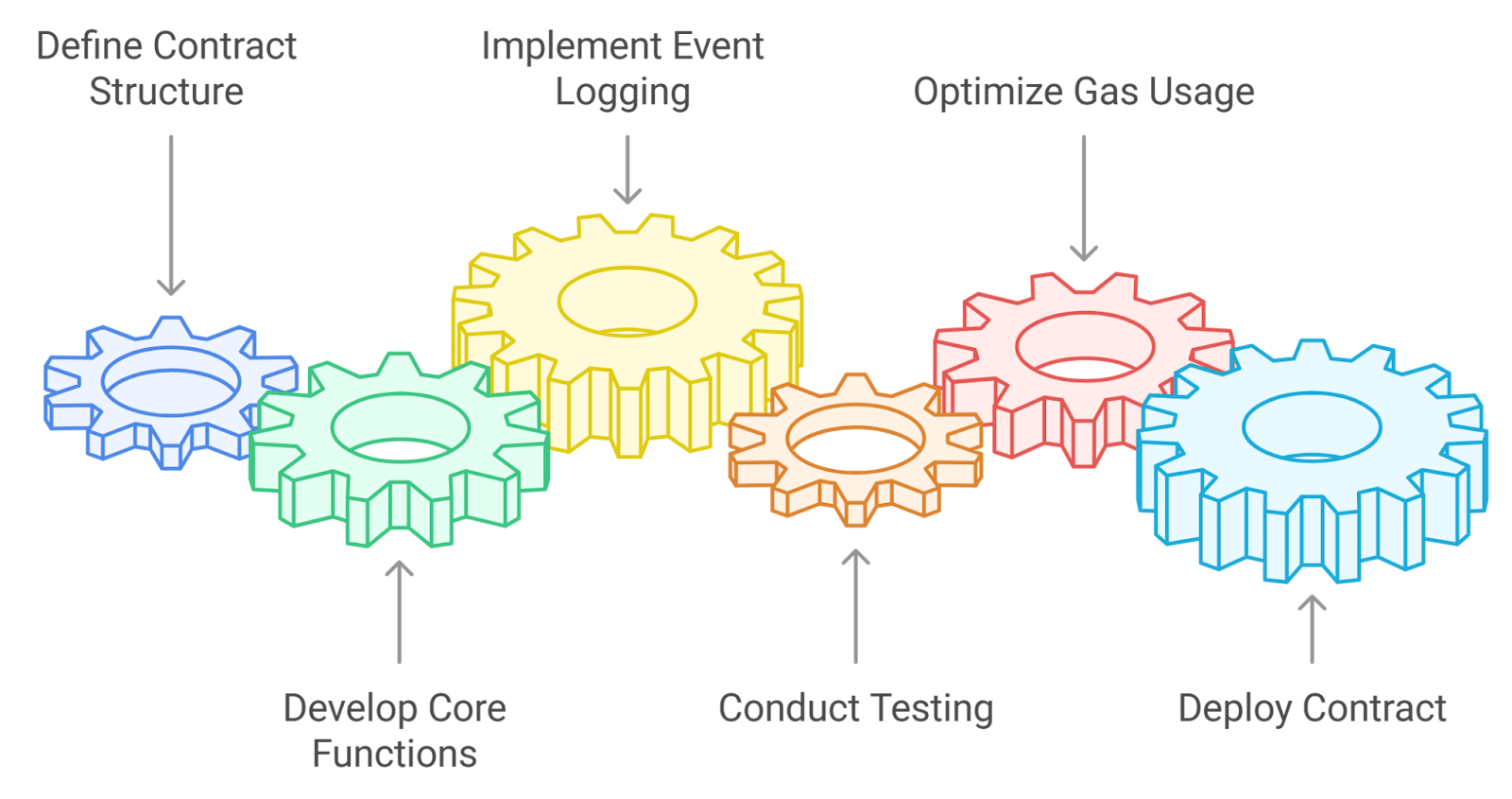
In 2025, decentralized exchanges (DEXs) for perpetual trading have entered a new era of capital efficiency and user control. The rise of features like cross-collateral and unified balances is fundamentally changing how traders access leverage, manage risk, and execute strategies across multiple asset classes. As on-chain futures trading now accounts for over 20% of total crypto spot volume, understanding these mechanisms is essential for anyone seeking an edge in the competitive DeFi landscape.

Why Cross-Collateral and Unified Balances Matter in 2025
Traditional margin systems on centralized exchanges often restrict users to a single collateral type per position, leading to inefficient capital usage and increased exposure to price swings in one asset. In contrast, modern DEXs like EdgeX, dYdX, and Hyperliquid-Style Perps now support cross-collateral perpetual trading, allowing you to pledge multiple cryptocurrencies or stablecoins as margin within a unified account. This means your USDC, ETH, BTC, or even governance tokens can all contribute to your available collateral pool.
Unified balance DeFi exchanges take this further by aggregating your deposited assets into a single margin account. Instead of juggling isolated wallets or sub-accounts for each market, you see one consolidated balance that automatically backs all your open positions. This model streamlines both risk management and execution speed – essential for traders demanding sub-second DeFi execution in volatile markets.
How Cross-Collateral Works on Multi-Collateral Perpetual DEXs
The core principle behind cross-collateral is flexibility. Suppose you deposit $10,000 worth of assets split between USDC ($6,000), ETH ($3,000), and ARB ($1,000). On platforms supporting multi-collateral perpetual DEX 2025 features, all three assets are valued according to real-time oracle feeds; their combined value determines your total margin power.
This approach offers several advantages:
- Diversification reduces liquidation risk: If ETH drops sharply but USDC remains stable, the system draws upon your stablecoin reserves before triggering liquidations.
- Capital efficiency: Idle tokens can be put to work as margin rather than sitting unused in separate wallets.
- Smoother strategy execution: You can open or adjust multiple positions without manually moving collateral between markets or contracts.
The Mechanics: Setting Up Unified Balances for Perpetual Trading
To leverage these advancements on top-tier DEXs in 2025:
- Select a compatible exchange: Look for platforms like Hyperliquid-Style Perps that explicitly advertise unified balance functionality and support a wide range of collateral assets.
- Deposit multiple asset types: Fund your account with any supported tokens. The platform will automatically aggregate them into your unified margin balance using up-to-date price feeds.
- Monitor collateral ratios: Each asset’s volatility profile affects its contribution to your overall margin requirements. Stablecoins typically offer higher loan-to-value (LTV) ratios than volatile altcoins.
This streamlined setup allows traders to dynamically allocate capital across various perpetual contracts without friction – crucial when managing positions during fast-moving market events or when deploying advanced strategies such as basis trades or multi-leg hedges.
As you engage with unified balance DeFi exchanges, real-time risk management becomes a core part of your workflow. Modern platforms provide granular dashboards that display your total margin, asset-specific collateralization, and potential liquidation thresholds in a single view. This transparency empowers traders to make informed decisions, especially when volatility accelerates across correlated markets.
| Asset | Collateral Value | LTV Ratio |
|---|---|---|
| USDC | $6,000 | 95% |
| ETH | $3,000 | 80% |
| ARB | $1,000 | 65% |
This table illustrates a sample collateral breakdown on a multi-collateral perpetual DEX in 2025. Notice how stablecoins like USDC unlock higher LTVs compared to more volatile assets such as ARB. By optimizing your asset mix within the unified margin account, you can both maximize leverage and minimize forced liquidations during market stress.
Risk Management Strategies for Cross-Collateral Perpetual Trading
The sophistication of unified balances does not eliminate the need for robust risk controls. In fact, the flexibility they offer makes disciplined monitoring even more critical. Here are several best practices for traders operating on Hyperliquid-Style Perps or similar platforms:
- Diversify collateral thoughtfully: While diversification can buffer against single-asset volatility, overexposure to highly correlated tokens (e. g. , multiple L2 governance coins) may still amplify systemic risk.
- Set custom liquidation alerts: Many DEXs now allow you to configure automated warnings as your margin ratio approaches critical thresholds, giving you time to add collateral or reduce exposure before forced liquidations occur.
- Utilize portfolio analytics: Leverage built-in analytics tools to stress-test your portfolio against simulated price shocks or sudden liquidity events.
The combination of sub-second DeFi execution and cross-collateralized positions also enables advanced trading tactics previously reserved for institutional desks. For example, you can simultaneously hedge ETH/USDC and BTC/ARB perpetuals from a single account, reacting instantly as spreads widen or funding rates shift between pairs. This agility is transforming how professional traders approach DeFi derivatives markets.
The Future: Unified Balance Power Tools and What’s Next for DeFi Traders
The competitive landscape among top perpetual DEXs is driving rapid innovation in user experience and capital efficiency tools. Expect to see even deeper integration of AI-driven portfolio risk engines, dynamic LTV adjustments based on real-time volatility metrics, and seamless cross-chain collateral transfers, all accessible through an intuitive interface optimized for both speed and transparency.
If you’re serious about maximizing opportunity while controlling downside in the evolving world of decentralized derivatives, mastering unified balances and cross-collateral systems is no longer optional, it’s foundational. As always, prioritize platforms with robust security audits and transparent governance models before entrusting them with significant capital.
Leading Decentralized Exchanges with Unified Balance Features (2025)
| DEX Name | Unified Balance Support | Cross-Collateral Support | Maximum Leverage | Supported Collateral Assets | Trading Fees | Average Daily Volume |
|---|---|---|---|---|---|---|
| EdgeX | Yes | Yes | 100x | BTC, ETH, USDC, USDT, DAI | 0.04% Maker / 0.06% Taker | $1.2B |
| dYdX | Yes | Yes | 50x | BTC, ETH, USDC | 0.05% Maker / 0.07% Taker | $950M |
| ApeX | Yes | Yes | 50x | BTC, ETH, USDT | 0.03% Maker / 0.05% Taker | $700M |
| MEXC DEX | Yes | Partial | 200x | BTC, ETH, USDT, BNB | 0.02% Maker / 0.06% Taker | $600M |
| Binance DEX | Yes | Partial | 100x | BTC, ETH, BNB, USDT | 0.04% Maker / 0.08% Taker | $500M |
The evolution toward unified balance DeFi exchanges marks a decisive shift in trader empowerment. Capital efficiency is now matched by unprecedented flexibility, putting those who adapt quickly at the forefront of the next phase in decentralized perpetual trading.







